China has become the world's fastest country in improving air quality with a dramatic drop in the emissions intensity of major pollutants and carbon, said an environmental NGO report.
China's annual average PM2.5 concentration and sulfur dioxide concentration have fallen by about 56 and 78 percent from 2013 to 2021, respectively, making China the country that has improved its air quality with the fastest speed in the world, said Clean Air Asia (CCA), an international NGO that works for better air quality and healthier cities throughout Asia with its headquarters in Manila, the Philippines.
CCA released the report on China's past decade of cleaner air and climate change at the China Blue Sky Forum 2022 held on Tuesday via video link, assessing the air quality situation in 20 countries including the US, the UK and Germany, as well as 17 other countries in Asia, such as China, Japan, South Korea, Mongolia, Singapore, Indonesia, the Philippines, India and Pakistan.
According to the report, air quality in megacities covered in the analysis has generally improved over the past decade, particularly in East Asia. From 2018 to 2021, eight of the nine cities that saw their three-year moving average of PM2.5 concentration drop by more than 10 percent were in East Asia and six of them were in China.
Experts said the benefits of air quality improvement exceed the costs involved. "The latest research showed that if the air quality was continuously improved on the basis of the 2020 level, the health benefits could account for about 1-4 percent of GDP, which is higher than the cost", said Zhang Shiqiu, professor of the College of Environmental Sciences and Engineering of Peking University, at the forum.
China revised and issued its Ambient Air Quality Standards in 2012 and it has made great efforts in the "golden decade" on air pollution prevention and control. China has become the world's fastest improving country in terms of air quality, and many of its emissions control standards are already at the world's advanced level, said the report.
China's Ministry of Ecology and Environment said in May that 218 of 339 cities at the prefecture level and above met air quality standards in 2021, up 3.5 percent compared with 2020. As China's current standard is based on the most lenient transition-phase target in new WHO Global Air Quality Guidelines, Zhang suggested further raising the PM2.5 concentration standard to better protect public health.
Besides air quality, the report compared China's emissions of major air pollutants and greenhouse gas, energy consumption and transportation industry indicators with other countries.
China's emission of SO2 and NOx per unit of GDP have respectively fallen by about 88 and 70 percent from 2011 to 2019, the sharpest decliness among all countries, while the emissions of SO2 and NOx per unit of GDP also showed drops of more than 40 percent in the US, the UK and Singapore, said the report.
When it comes to transportation, China has been the world's largest electric passenger car market since 2015, accounting for half of the global market. From 2011 to 2021, the compound annual growth rate of China's electric passenger car sector reached 91.3 percent, higher than the global average, according to the report.
While China's carbon emissions intensity has dropped by 34.4 percent over the past decade, experts pointed out that it must work very hard to achieve carbon peak and carbon neutrality in a shorter time period than developed countries.
In 2020, China set the goal of achieving carbon peak by 2030 and carbon neutrality by 2060.
















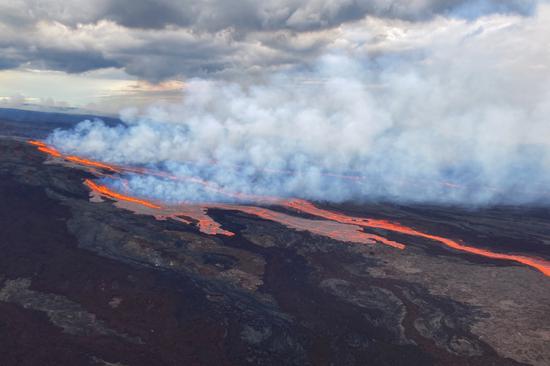
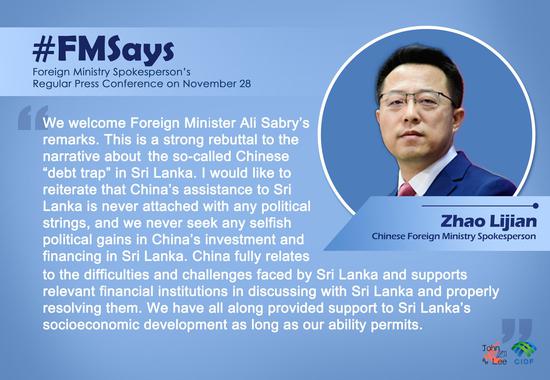



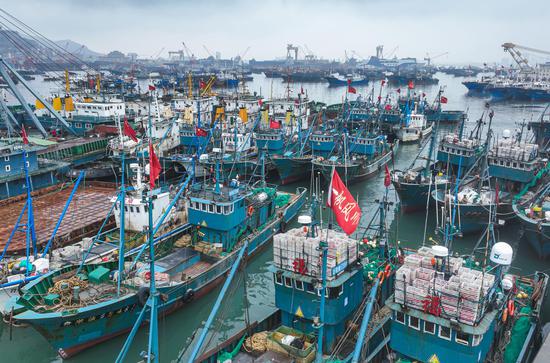







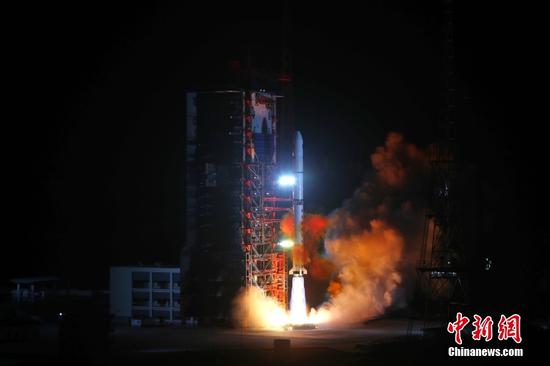






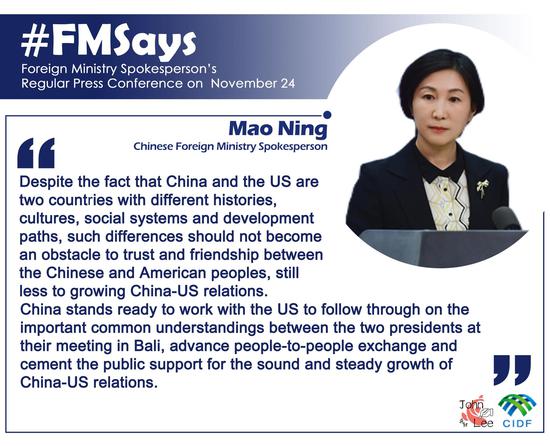













 京公网安备 11010202009201号
京公网安备 11010202009201号